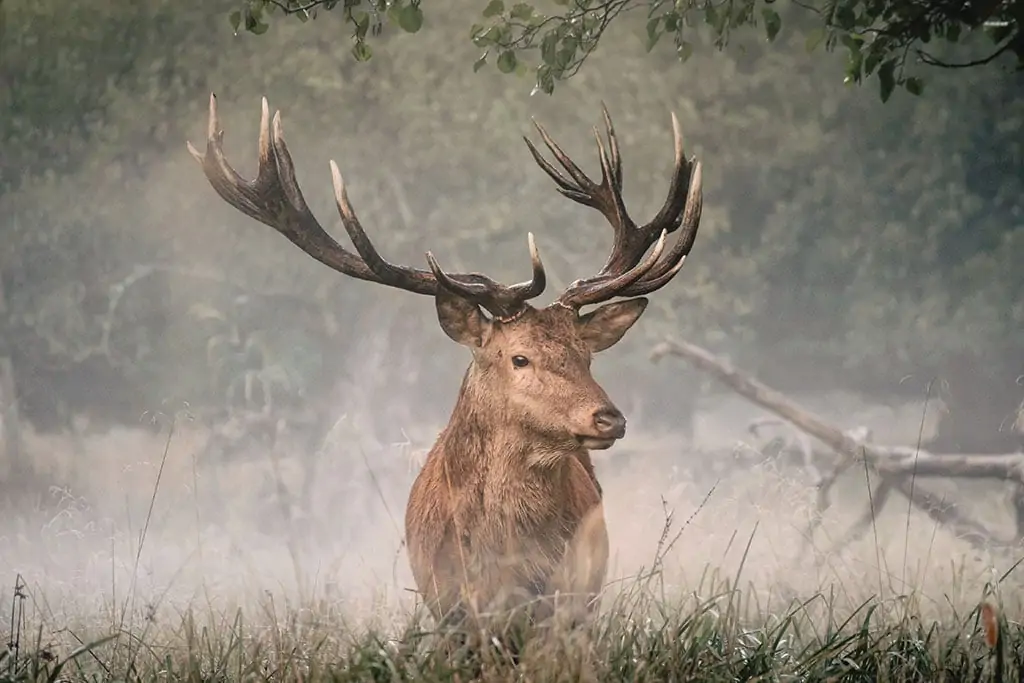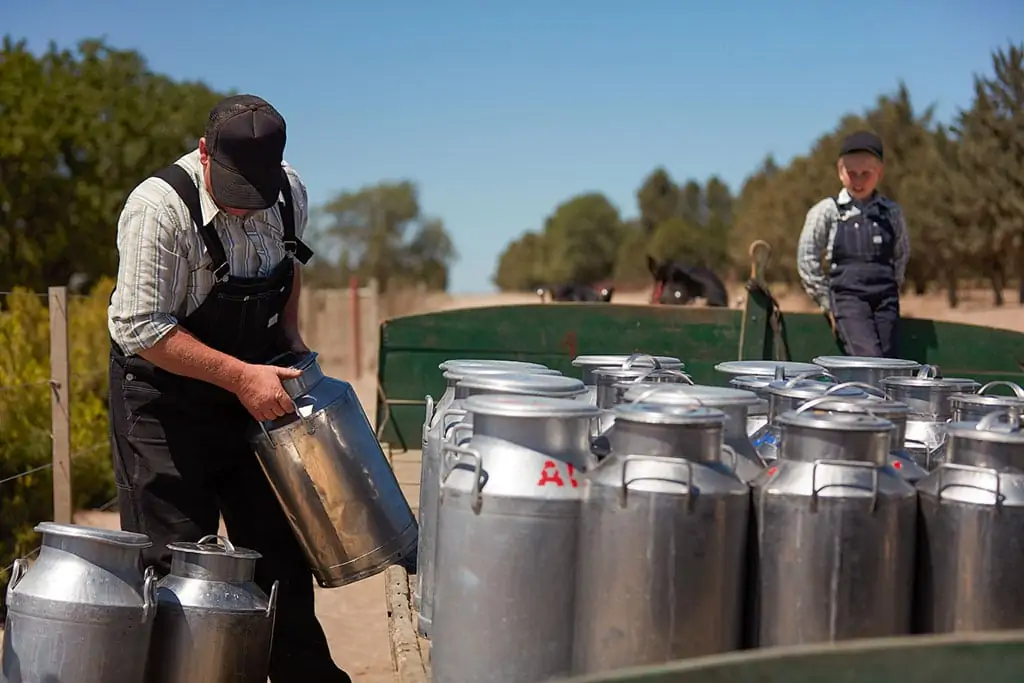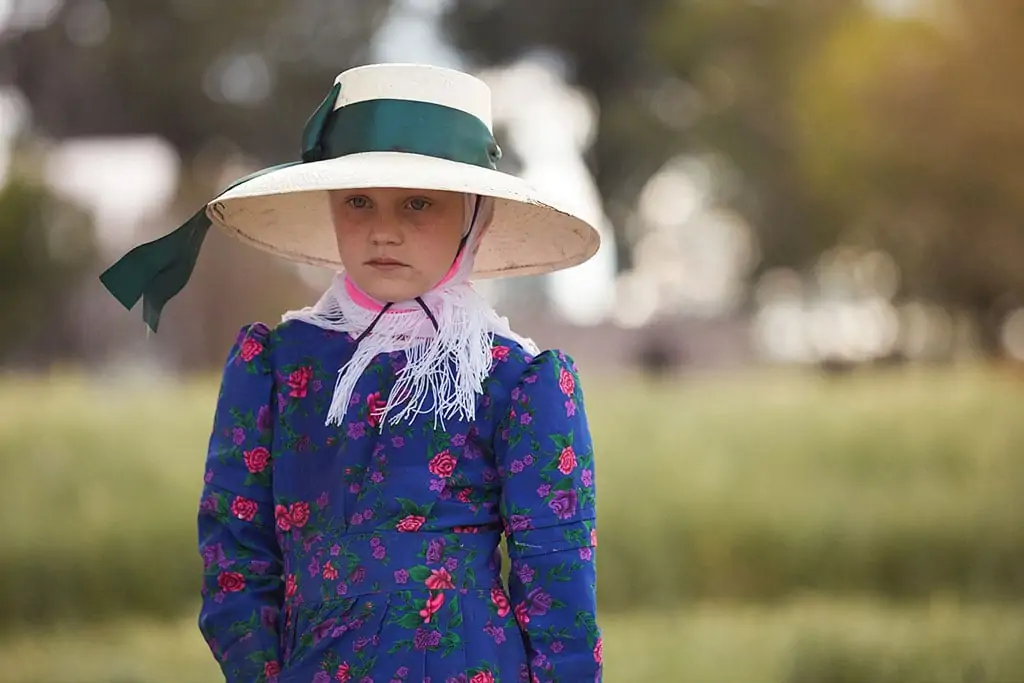Genre
Portrait, Documentary, Wildlife
Dates
TBA
Price
Difficulty
Easy
Group
Min 6 - Max 9
Hidden Treasures of the Pampas Lowlands
The Pampas are fertile lowlands that cover more than 1,200,000 square kilometres.
A vast territory that has so much to offer. Our destination on this workshop is located near Santa Rosa: there lives one of the few Mennonite colonies in Argentina.
The Mennonites are a religious group who belong to a pacifist branch of the Anabaptist Christian movement of European origins. Accompanied by a Professional Photographer and a Local Guide, we will discover their culture.
A journey back in time!
March is also the month of deer rut in the Luro Park, a unique sight that only happens this time of year. The male performs the courtship ceremony and emits a howl that can be heard at a great distance.
There is no shortage of antler fighting, running, attacking and defending to achieve the goal of breeding. Unmissable for lovers of Wildlife Photography.




ITINERARY
We will meet the group around 3:00 p.m. at our hotel. Lodging.
The Lead Photographer will give an introductory talk about the workshop and then we will leave for Luro Park to observe the phenomenon of the rutting at dusk: the call of the male deer in search of females in heat.
Night in Santa Rosa.
Early in the morning we will leave back to the Luro Park to photograph the deer rutting at dawn.
At mid-morning we will continue to the Mennonite Colony. A unique opportunity to portray faces with typical Northern European characteristics and document their culture.
Night in Macachín.
After breakfast we will visit the Hidalgo Salt Flats, where the “Dos Anclas” salt is extracted. We will take the opportunity to practice landscape photography and play with perspective.
Then we will have free time for lunch and will return to Santa Rosa.
We will say goodbye until the next workshop!
What's included?
- Professional Photographer
- Local Guide
- Small Group Size
- Analysis of the Work Done
- Accommodation for 2 Nights
- All Breakfasts
- Lunch at the Mennonite Colony
- All Excursions and Photography Activities
- Entrance fees to Parque Luro
What's not!
- Transport from your origin point to Santa Rosa
- Meals not indicated in the itinerary
- Travel & Medical Insurance
- Personal Expenses
- Tips
RECOMMENDED EQUIPMENT
Please note that these are only suggestions given by our experience. It is not necessary to have all the equipment reported, everyone prepares for the journey according to their needs.
For example, some people may only want to take pictures with a smartphone while others will want to take a drone with them. But it is our duty to guide you to a better choice.
Although you can participate with any type of photographic device, we recommend a reflex or mirrorless camera, which allow much more freedom and creativity.
Considering the wide variety of photographic situations this workshop presents, it is advisable to have available focal lengths ranging from wide-angle (shorter distances) to telephoto (longer distances).
For those who like to photograph landscapes, a 17-40mm zoom lens or similar might work well.
For wildlife we suggest a telephoto lens starting at 300 mm.
For portraits, a focal length from 50 to 200 mm would be ideal. Possibly with a wide aperture (such as 1.4 – 1.8 – 2.8).
Consider also buying a tele converter to increase the focal length of the lens: 1.4x or 2x. Even if with loss of luminosity.
Finally, choosing the right set of lenses is not easy. If you encounter difficulties and need some suggestions do not hesitate to contact us.
The most important feature of a tripod is its stability. Since every journey includes some trekking, we must also take into account the weight.
We suggest a good carbon tripod that maintains a good balance between weight and stability, that can easily change from one height to another and that locks in little space.
Aluminum is also fine, as carbon is generally much more expensive. We know that choosing a tripod is not easy and we are available to help you choose the right model for you.
It is recommended to carry UV or Skylight filters, useful to protect the lenses from dust and splashes.
Finding the right photo backpack can be a difficult challenge. We recommend you to rely on a brand with quality and experience in the market.
The type of backpack clearly depends on your equipment. But what really matters is that you feel comfortable with it and possibly fitted with a rain cover.
You can’t miss in your backpack: a cleaning kit for the lenses, a remote control to shoot without touching the camera, hood for the lenses (to avoid flare) and a robust / comfortable camera strap.
It is also important to take spare batteries and memory cards with you.
If you are interested in POST-PRODUCTION we suggest bringing your laptop with some editing software already installed. The workshop leader, at the end of the day, will answer your questions.
WORKSHOP FAQ
The males remain hidden from visitors in the park for most of the year during which they develop large antlers, which they proudly display when they come out to the pastures during the rutting season, approximately 45 days between March and April.
In March the temperature is still very pleasant, with lows of 12°C (53.6°F) and highs of 27°C (80.6°F).
It is advisable to bring a waterproof jacket in case of rain.
Hat, neck cover, and sunglasses.
Sturdy, comfortable footwear (hiking type) for walking.
Comfortable and robust backpack to carry your gear and protect it from dust, water and bumps.
Sunscreen and mosquito spray.
The round trip between your city of origin and Santa Rosa is not included in the price.
However, we can coordinate it with the Tour Operator.

